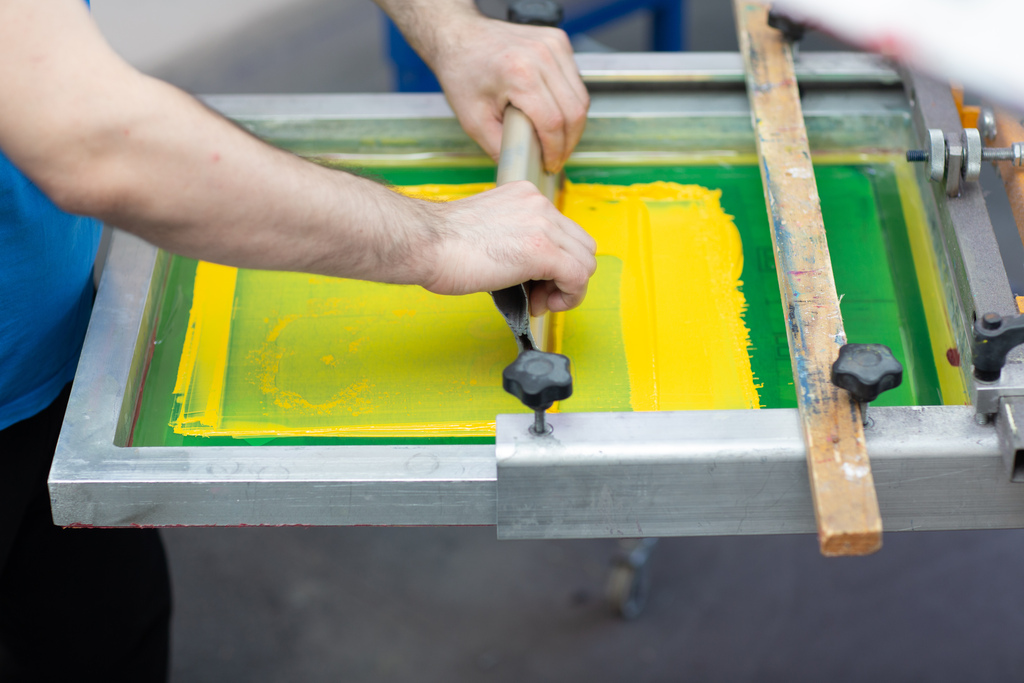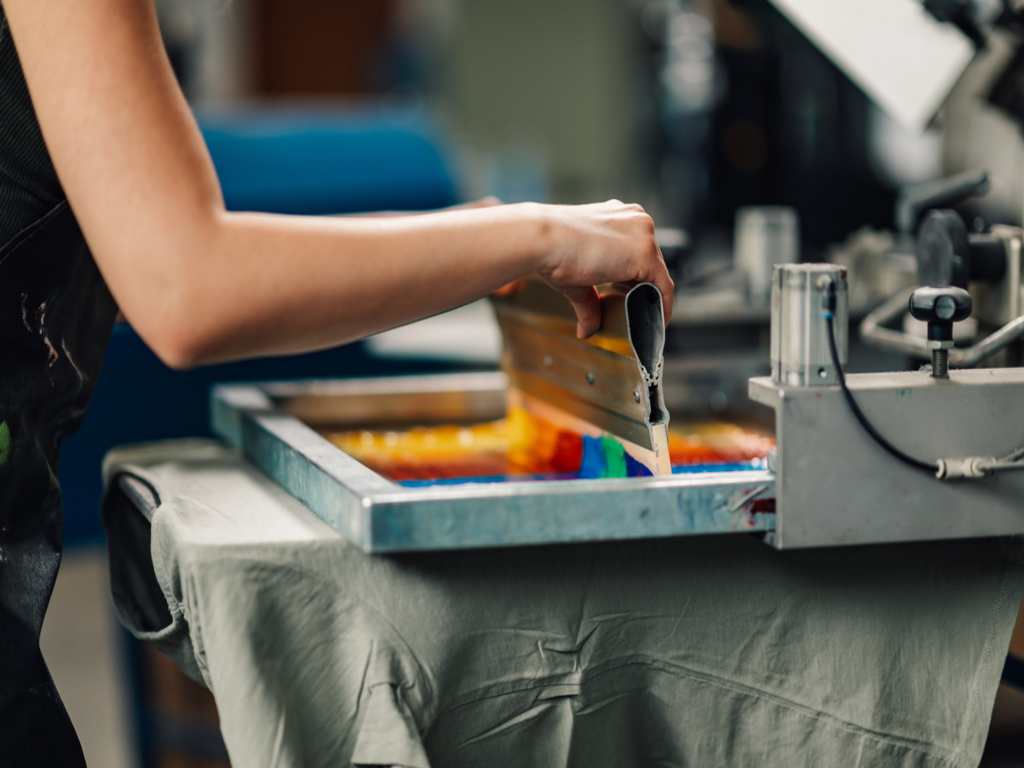Process Printing Basics: Everything You Need to Know About CMYK
Process printing is a cornerstone of modern printing techniques, enabling the creation of vivid, high-quality prints for everything from brochures to packaging. At its core, process printing relies on the CMYK color model to produce a full spectrum of colors. Let’s dive into the essentials of this technique and why it remains a critical part of the printing industry.
What is Process Printing?
Process printing refers to the method of combining four primary ink colors—Cyan, Magenta, Yellow, and Black (Key)—to reproduce a wide range of colors. This method is commonly used in offset printing, one of the most popular techniques for mass printing due to its cost efficiency and quality output.
Companies like Triboro Printing specialize in leveraging process printing to deliver vibrant and precise results, ensuring that every detail of your design translates seamlessly onto the printed page.
Understanding the CMYK Color Model
The CMYK model forms the foundation of process printing. Each of the four colors contributes to creating various shades and tones when layered or mixed:
- Cyan (C): A blue-green color that absorbs red light.
- Magenta (M): A red-purple hue that absorbs green light.
- Yellow (Y): A bright yellow ink that absorbs blue light.
- Black (K): Known as “Key,” this ink adds depth and contrast.
When these colors overlap in precise amounts, they produce millions of distinct colors, allowing for stunning image reproduction.

The Process Printing Workflow
Achieving high-quality prints requires a detailed workflow:
- File Preparation: Ensure your design files are set up in CMYK mode, not RGB, to match the printing process.
- Pre-Press: Calibrate the colors and prepare printing plates for each ink color.
- Printing: Apply the inks layer by layer, ensuring accurate alignment (known as registration).
- Drying and Finishing: Allow the ink to dry before adding finishing touches like coatings or laminations.
Triboro Printing’s advanced printing technology ensures that each step of this workflow is optimized for efficiency and accuracy.
Why CMYK is Used in Process Printing
The CMYK model offers several advantages over other color systems like RGB or spot colors:
- Versatility: CMYK can reproduce nearly any color, making it ideal for diverse printing projects.
- Cost-Effectiveness: Using four standard inks is more affordable than relying on custom spot colors.
- Wide Applications: CMYK is perfect for large-scale prints like posters, magazines, and packaging.
Common Challenges in Process Printing
While process printing is versatile, it’s not without challenges:
- Color Mismatches: Slight variations in ink or paper quality can affect color accuracy.
- Registration Issues: Misalignment of the color layers can lead to blurred or inconsistent prints.
- Ink Absorption: Different papers absorb ink differently, impacting the final look.
Partnering with experienced printers like Triboro Printing helps overcome these challenges, as they use cutting-edge equipment and techniques to maintain consistency and quality.

Tips for Achieving Vibrant and Accurate Prints
Here are some tips to ensure your process printing project shines:
- Use High-Quality Images: Ensure your design files are at least 300 DPI for crisp results.
- Select the Right Paper: Choose paper stock that complements your design and absorbs ink well.
- Work with Professionals: Rely on trusted printing companies like Triboro Printing to handle the nuances of process printing.
Comparing Process Printing to Other Methods
It’s essential to understand how process printing differs from other techniques:
- Spot Colors: Ideal for projects requiring exact color matching, such as corporate branding, but less versatile than CMYK.
- Digital Printing: Best for short runs or personalized projects, though it may lack the precision of process printing.
Process printing strikes a balance between affordability, scalability, and quality, making it the go-to choice for many print jobs.
Conclusion
Understanding the basics of process printing and the CMYK model can help you create stunning, vibrant prints. Whether you’re printing brochures, business cards, or large-scale posters, mastering this method ensures professional results.
For top-notch process printing services, Triboro Printing offers expert solutions tailored to your needs. Their commitment to quality and innovation makes them a trusted partner for any printing project.




